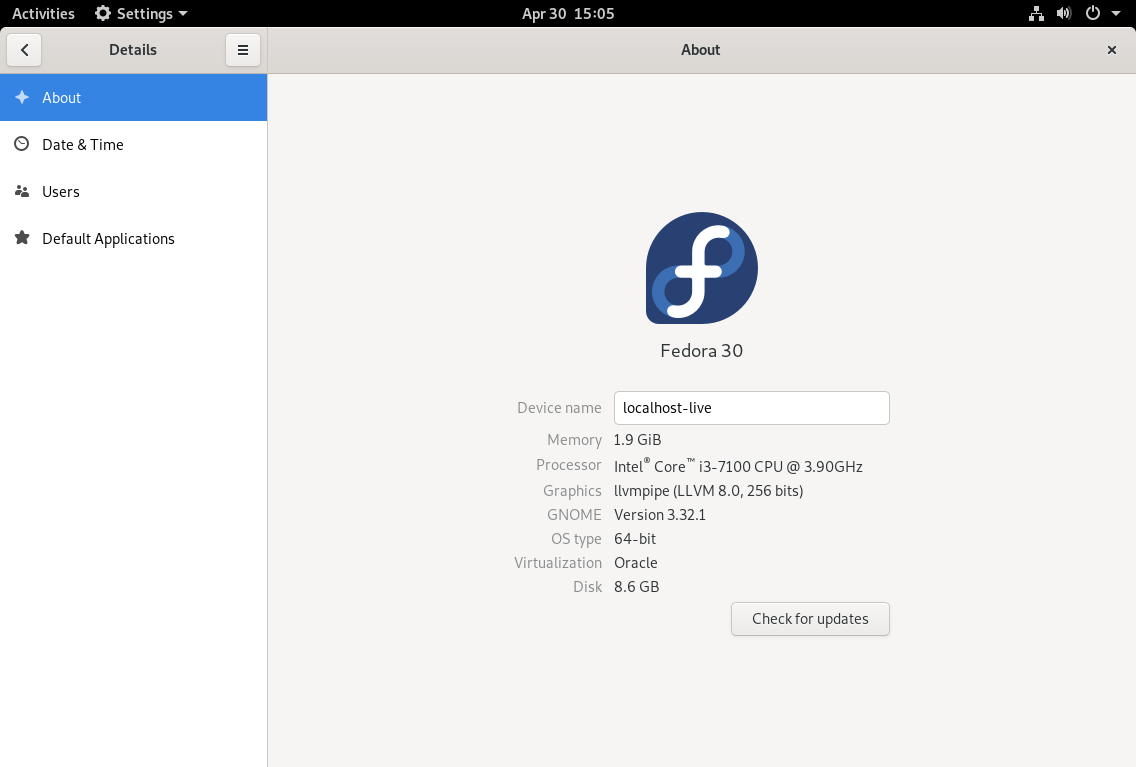

- #Write fedora workstation checking the written data how to#
- #Write fedora workstation checking the written data install#
- #Write fedora workstation checking the written data iso#
Please notice that you can seriously screw up your system by Hardware), promote your USB drive to the primary boot device.Įxit from the BIOS configuration, saving all changes. If it isn’t, your system might not support booting from USB.Īssuming that it is supported (as is the case with virtually all modern With your USB drive plugged in, the USB drive should be Go to the section that contains your boot devices. Hotkey instructions are generally provided on the screen. The BIOS configuration screen by hitting something like F1, F2, Delete orĮscape. While booting (before Windows starts loading), get into Instructions for doing so vary wildly from system to system, but You should now reboot and go into the BIOS configuration toīoot from USB. After all data has been written to the USB drive, you should receive a message indicating that theīootable USB drive has been created successfully. PowerISO will then start writing, and show the progress information when writing USB drive.ĩ. Please click "OK" to confirm and continue. Before writing files to the USB drive, PowerISO will show a dialog prompts you that all data in the USB drive Click "Start" button to start creating bootable USB drive for Linux. However, if "Raw-write" isn't working, please use "USB-HDD" instead.Ĩ. If multiple USB drives are connected to the computer, please make sure that you have selected the correct drive.ħ. Select the USB drive from the "Destination USB drive" list.
#Write fedora workstation checking the written data iso#
In "Create bootable USB Drive" dialog, click "Browse" button to open the iso file for Linux.Ħ. If you are using Windows Vista or Windows 7 / 8 operating system, you need confirm the UAC dialog to continue.ĥ. The " Create Bootable USB Drive" dialog will popup. Choose the menu "Tools > Create Bootable USB Drive.".Ĥ. Insert the USB drive you intend to make bootable.ģ. Start PowerISO (v6.5 or newer version, download here).Ģ.

Step1: Create Bootable USB Drive for Linuxġ. The steps to create Linux bootable USB drive, It supports most of the Linuxĭistribution, such as Ubuntu, Fedora, Debian, CentOS, and so on. PowerISO can create bootable USB drive for Linux.
#Write fedora workstation checking the written data how to#
Materials are provided for informational, personal or non-commercial use within your organization and are presented "AS IS" WITHOUT WARRANTY OF ANY KIND.> How to create a bootable USB drive for Linux? This Support Knowledgebase provides a valuable tool for SUSE customers and parties interested in our products and solutions to acquire information, ideas and learn from one another.
#Write fedora workstation checking the written data install#
How to create a bootable USB drive to install SLES 10 If a SLE 10 USB install medium is needed, please refer to this article instead: With this in mind, be prudent in double and triple checking that the proper device identifier is used in the dd's " of=" parameter.Īlso, remember to configure the system's BIOS boot priority so USB devices are checked for boot loader data before the primary storage device(s). Even if the existing file system is larger than the ISO, the Master Boot Record will be overwritten and data managed by the previous file system will be irreversibly corrupted. This method will overwrite any existing file system that begins on the first block of the device. CAUTION: Be sure to back up any important data stored on the USB device before running the "dd" command.


 0 kommentar(er)
0 kommentar(er)
